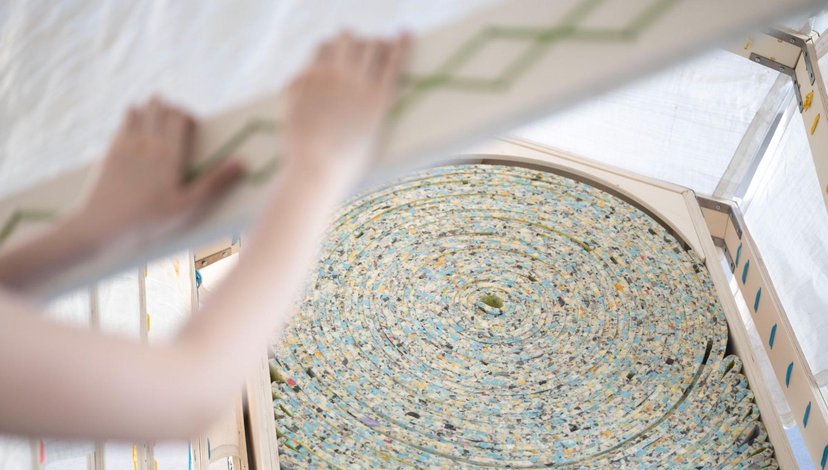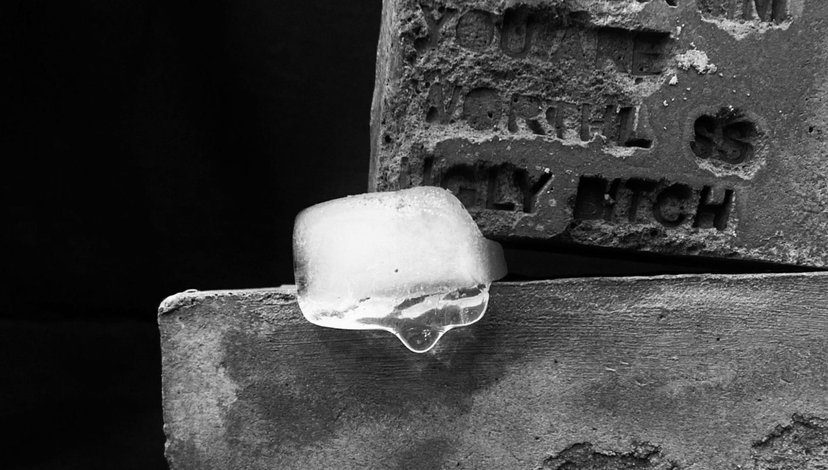superMATTER: Perishable
Jump to
superMATTER articulates the intimacy of making in interior design, positioning matter as both co-creator and site. In 2025/26, it takes up the provocation "perishable".
What if everything you thought was permanent… wasn’t?
Architecture has long worshipped permanence – privileging solidity, endurance and the illusion of timelessness. This reverence is underpinned by extractive material practices, the myth of infinite resources, and a cultural resistance to entropy. But permanence is a myth. Decay is the truth.
Perishable is this year's provocation – a rupture from architectural permanence. A space where design refuses to be polite, where interior misbehaves. Perishability – often dismissed as fragility and ailure – is reconceptualised here as a generative condition. Materials subject to transformation, disintegration and spoilage become co-agents in the design process. They do not fail; they evolve. They spoil, shift, transform.
Time, temperature, humidity, traffic, friction, even emotion – these are our design parameters. Interior design becomes a practice of care, attuned to the rhythms of change.
Perishable challenges the legacy of the interior as fixed and preservable. Instead, it asks:
Can our legacy be a design that leaves no trace? Can decay foster intimacy, community, and ecological accountability?
With matter and making as a catalyst for speculation, perishability becomes resistance – a celebration of the sensorial, the spontaneous, the social. A radical rethinking of spatial identity and legacy in the context of the climate emergency. This is design that disappears – deliberately, defiantly, and with care.

‘1:1 Sleeping Pod’ construction waste reimagined by Yuxuan Wang(2025)
superMATTER philosophy
superMATTER articulates the intimacy of making in interior design, positioning matter as both co-creator and site. By engaging with material legacies, sensory experience, and integrating technologies in spatial production, we aim to recalibrate design’s relationship with resources and behaviours. Material is no longer treated as a passive afterthought, but reimagined as a catalyst for sustainability and design accountability – capable of shaping behaviours and fostering social responsibility.
Our design approach operates through an iterative cycle of reflection, making, speculation, and realisation – continually examining how spatial identities emerge from material considerations, and always bridging the gap between speculation and tangible application.

‘No Excuse …’ by Phoebe Mendel (2023)



